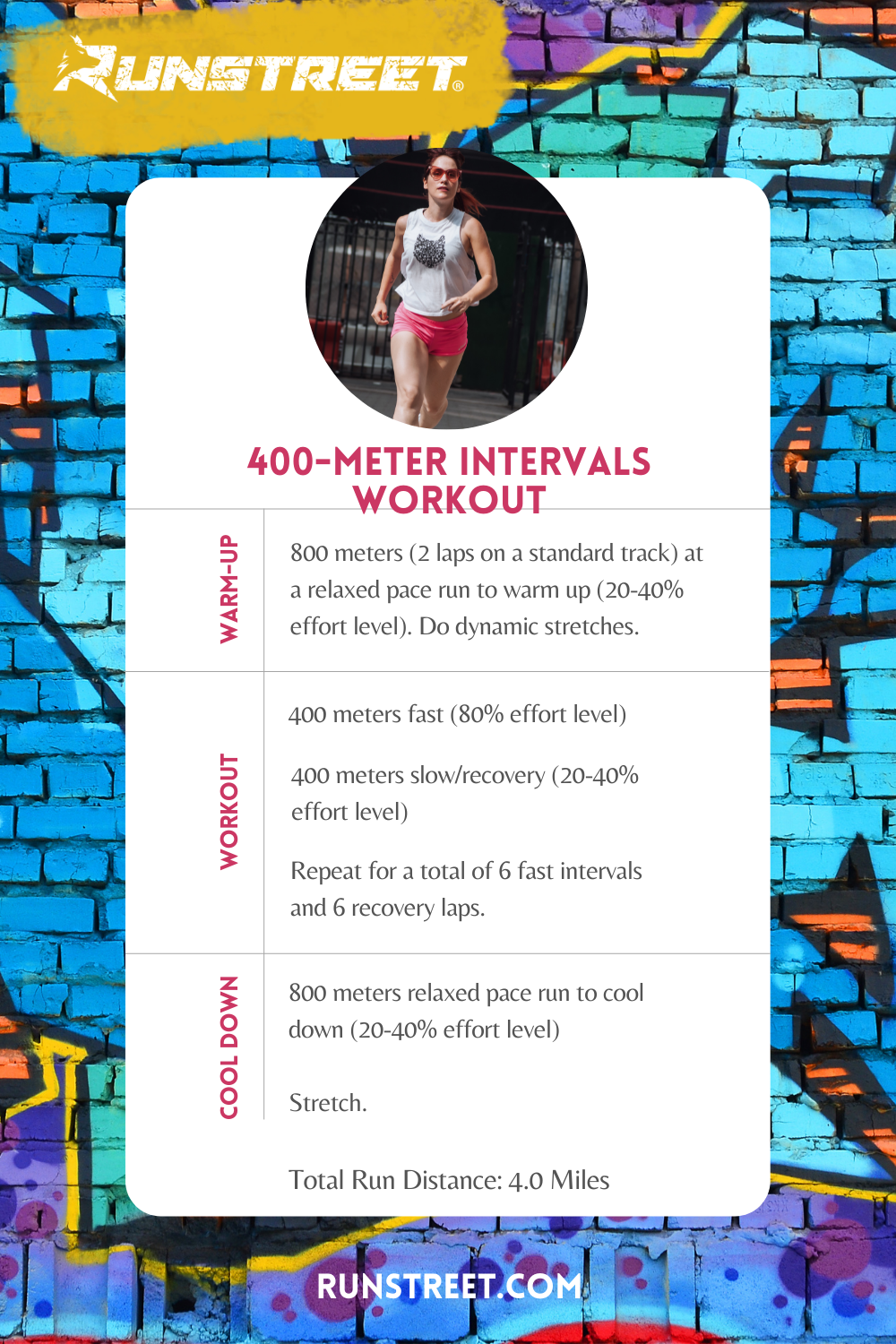Control Your Runs: Proven Strategies for Reliable Running Workout
Control Your Runs: Proven Strategies for Reliable Running Workout
Blog Article
Handling Typical Running Pains: Reasons, Solutions, and Avoidance
As joggers, we usually run into different pains that can hinder our efficiency and pleasure of this physical activity. By exploring the root reasons for these operating pains, we can uncover targeted remedies and preventive steps to make sure a smoother and much more satisfying running experience.
Usual Running Pain: Shin Splints
Shin splints, a common running pain, frequently arise from overuse or inappropriate footwear during exercise. This condition, medically recognized as medial tibial anxiety disorder, manifests as pain along the inner side of the shinbone (tibia) and is widespread among professional athletes and runners. The recurring anxiety on the shinbone and the cells connecting the muscles to the bone results in swelling and pain. Joggers that swiftly boost the strength or duration of their workouts, or those who have flat feet or incorrect running methods, are particularly vulnerable to shin splints.
To avoid shin splints, people ought to slowly boost the intensity of their workouts, wear ideal footwear with correct arch assistance, and maintain adaptability and toughness in the muscular tissues surrounding the shin (running strategy). Furthermore, including low-impact tasks like swimming or biking can aid preserve cardio fitness while permitting the shins to recover.
Usual Running Pain: IT Band Disorder
In addition to shin splints, another common running pain that athletes usually encounter is IT Band Syndrome, a condition triggered by inflammation of the iliotibial band that leaves the outer upper leg and knee. IT Band Syndrome usually shows up as pain on the exterior of the knee, specifically throughout tasks like running or biking. The iliotibial band is a thick band of fascia that links the hip to the shin, and when it comes to be swollen or limited, it can massage versus the thigh bone, causing pain and discomfort.
Joggers experiencing IT Band Syndrome might notice a stinging or hurting sensation on the outer knee, which can get worse with continued activity. Variables such as overuse, muscle mass inequalities, improper running type, or poor warm-up can contribute to the advancement of this problem.
Common Running Pain: Plantar Fasciitis

Plantar Fasciitis can be attributed to various elements such as overtraining, incorrect footwear, operating on tough surfaces, or having high arcs or level feet. To avoid and ease Plantar Fasciitis, joggers can incorporate stretching workouts for the calf bones and plantar fascia, wear encouraging shoes, keep a healthy and balanced weight to decrease stress on the feet, and progressively raise running intensity to prevent unexpected tension on the plantar fascia. If signs continue, it is suggested to speak with a health care expert for correct diagnosis and therapy options to attend to the problem efficiently.
Usual Running Discomfort: Runner's Knee
After resolving the challenges of Plantar Fasciitis, another prevalent issue that runners often deal with is Runner's Knee, an usual running discomfort that can impede athletic performance and trigger pain throughout physical task. Runner's Knee, likewise known as patellofemoral pain disorder, shows up as discomfort around or behind the kneecap. Runners experiencing this pain might really feel a boring, aching discomfort while running, going up or down stairs, or after prolonged periods of sitting.
Typical Running Pain: Achilles Tendonitis
Typically affecting joggers, Achilles Tendonitis is an agonizing go to website problem that affects the Achilles ligament, triggering pain and prospective limitations in physical activity. The Achilles tendon is a thick band of cells that connects the calf muscular tissues to the heel bone, important for activities like running, leaping, and strolling - Get More Info. Achilles Tendonitis typically develops because of overuse, improper footwear, inadequate extending, or abrupt boosts in physical activity
Symptoms of Achilles Tendonitis consist of discomfort and rigidity along the tendon, particularly in the morning or after periods of inactivity, swelling that intensifies with task, and potentially bone stimulates in persistent situations. To protect against Achilles Tendonitis, it is crucial to stretch correctly before and after running, wear proper shoes with correct assistance, progressively increase the intensity of exercise, and cross-train to reduce repeated stress and anxiety on the tendon.
Verdict

Report this page